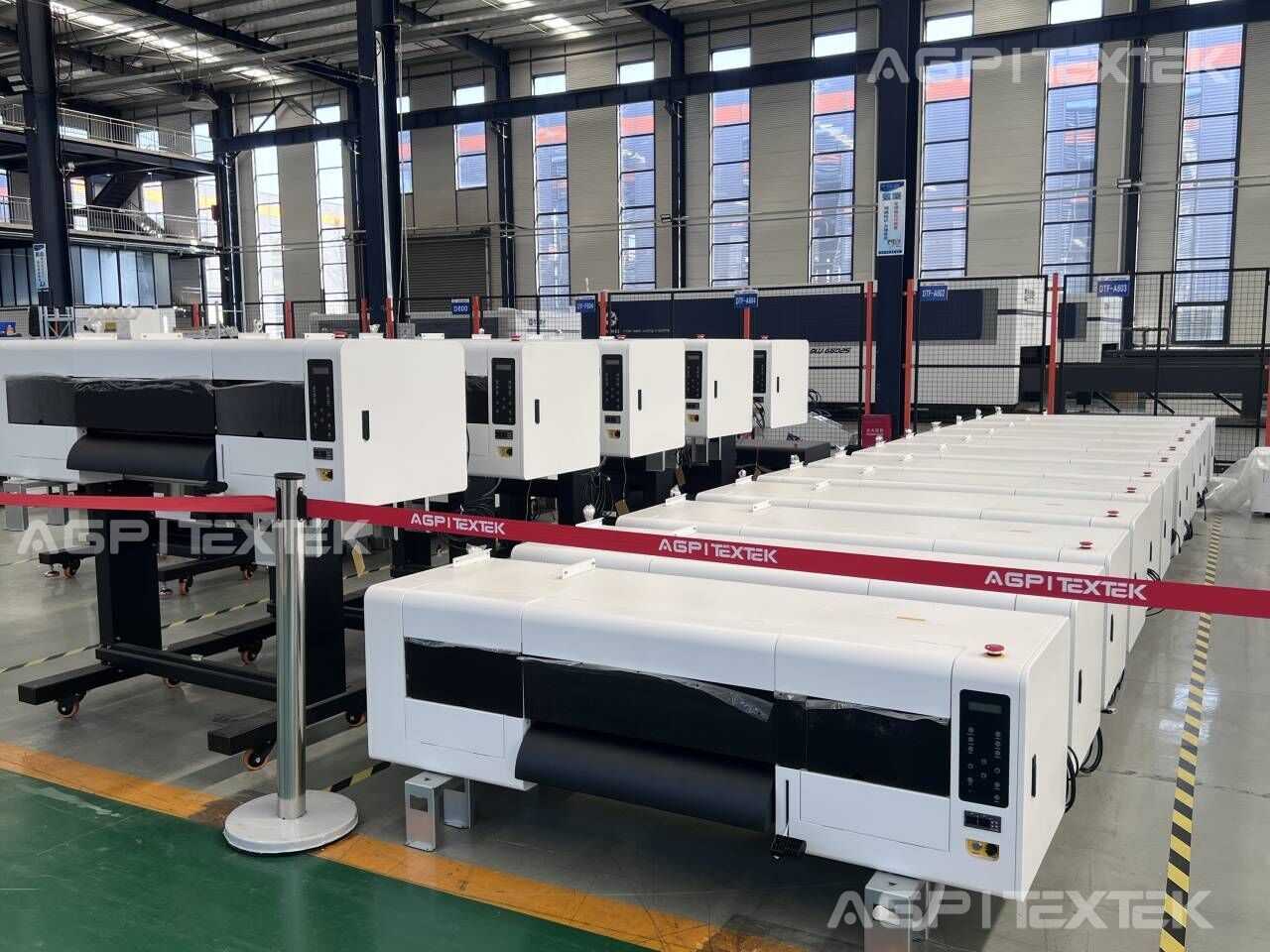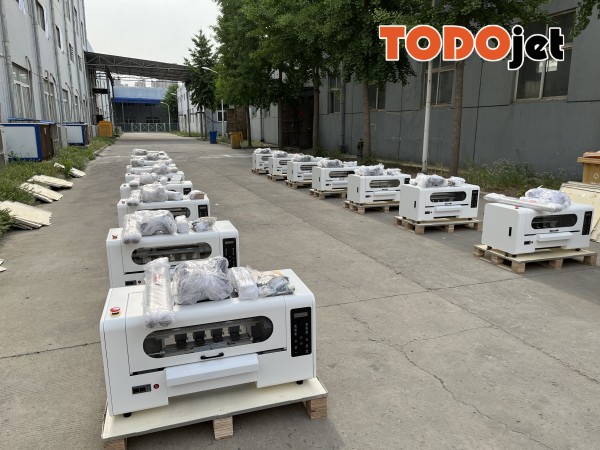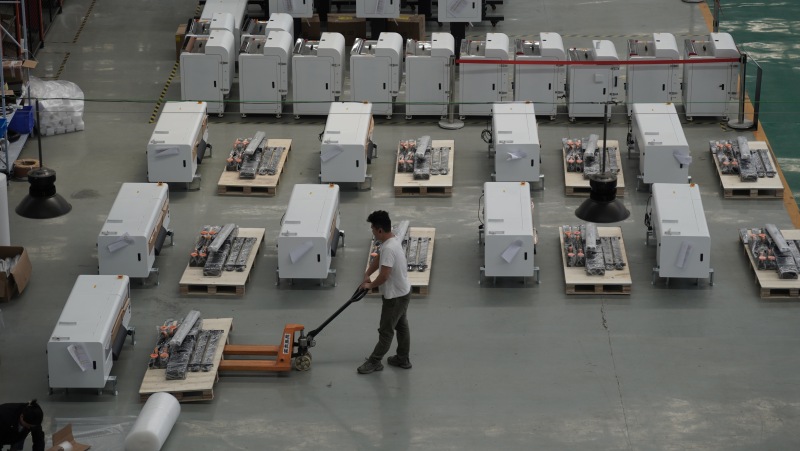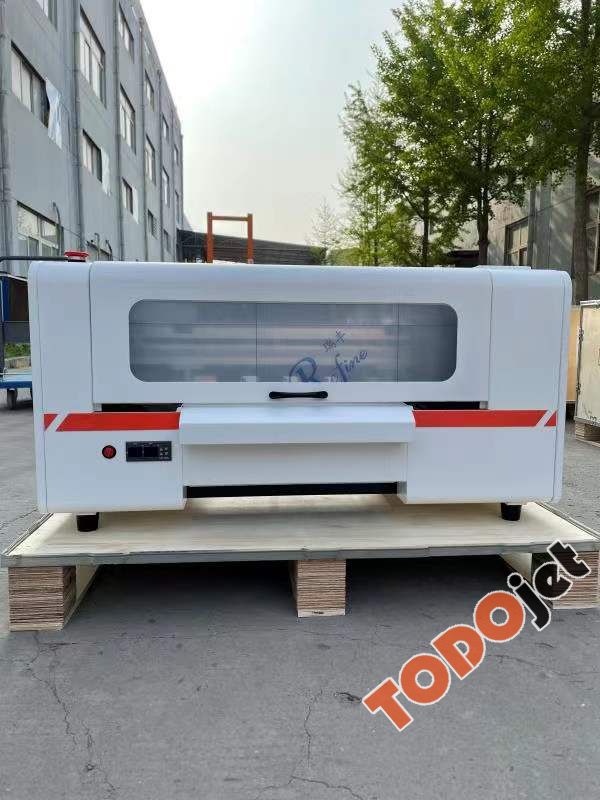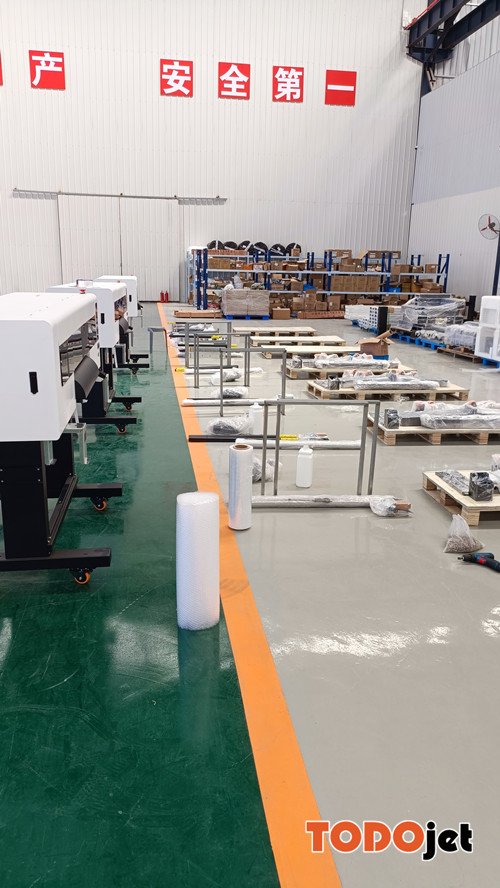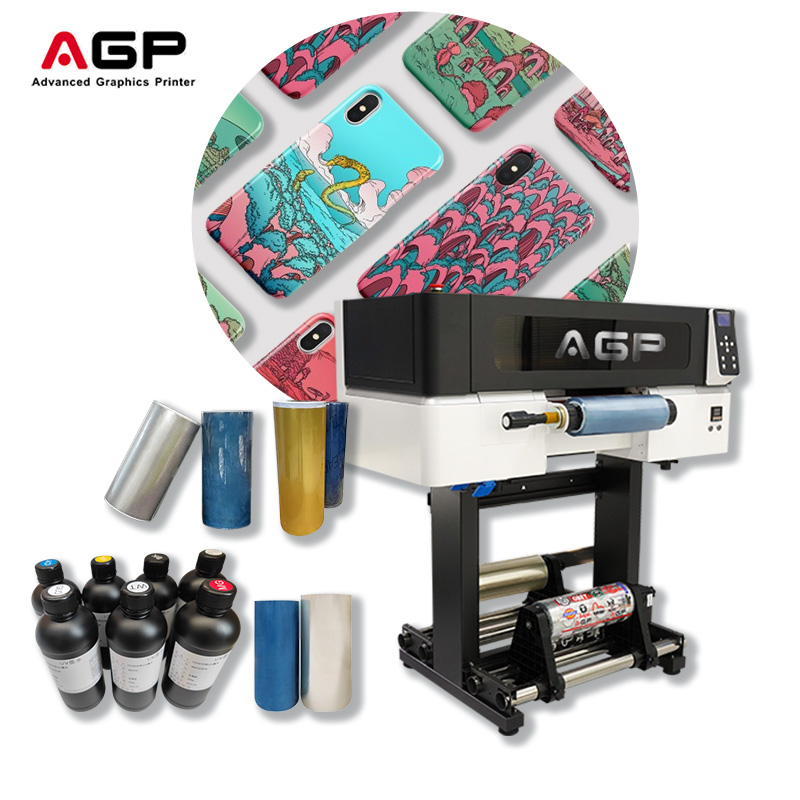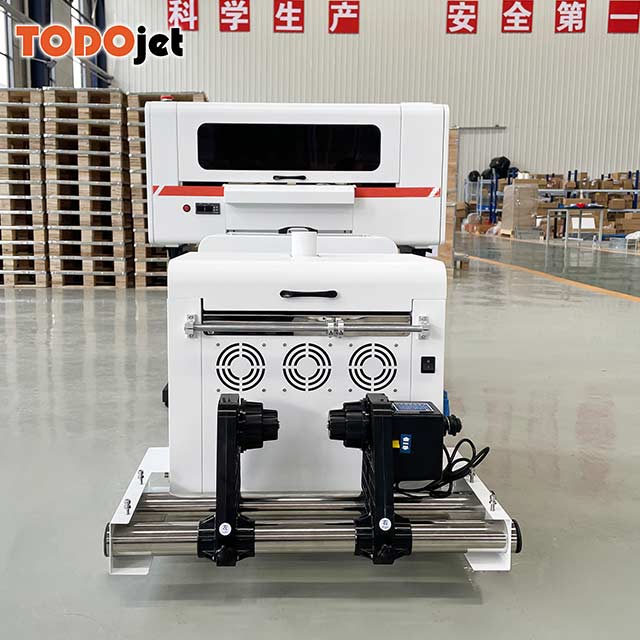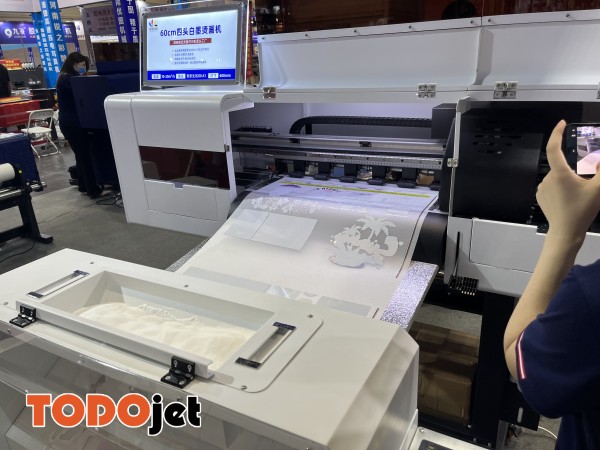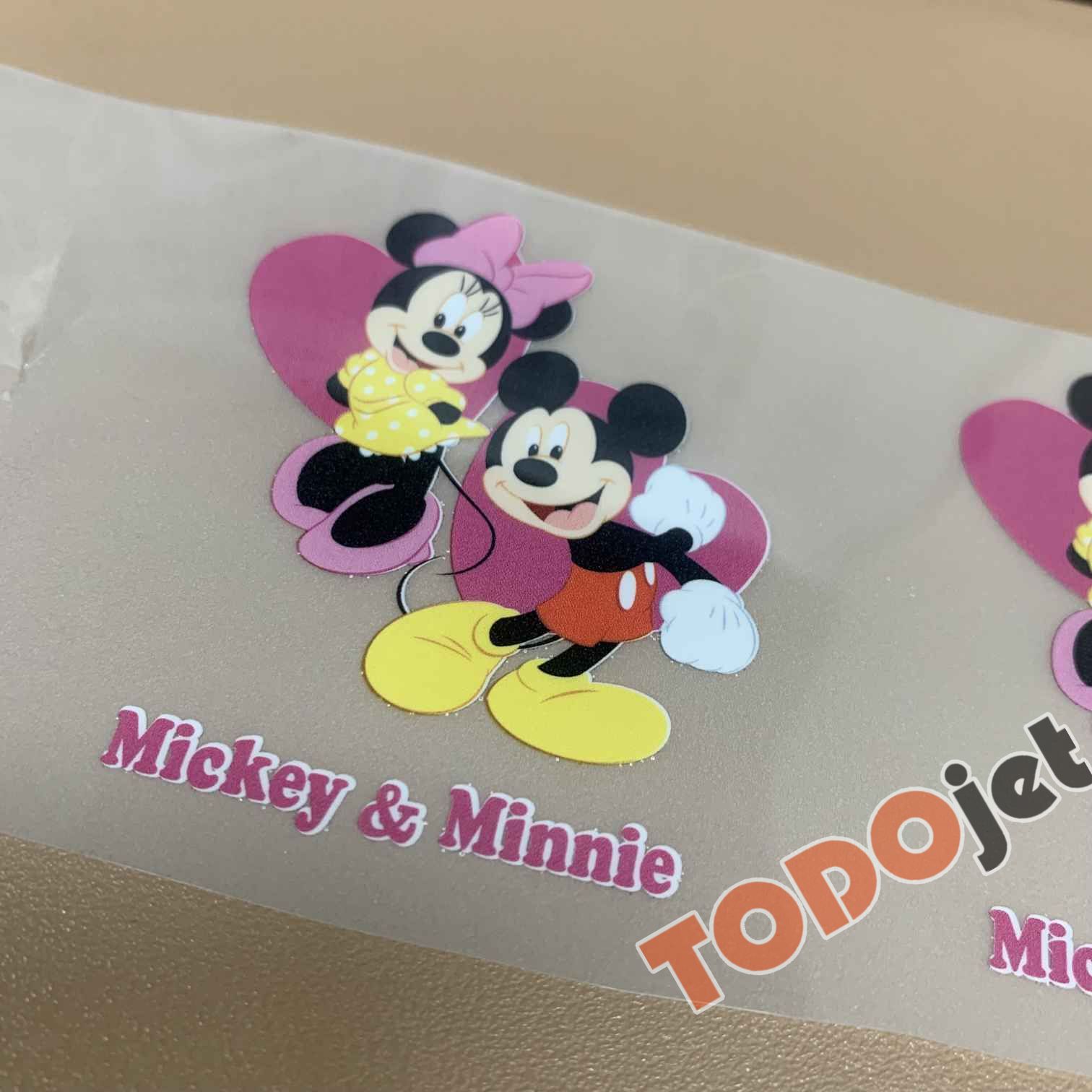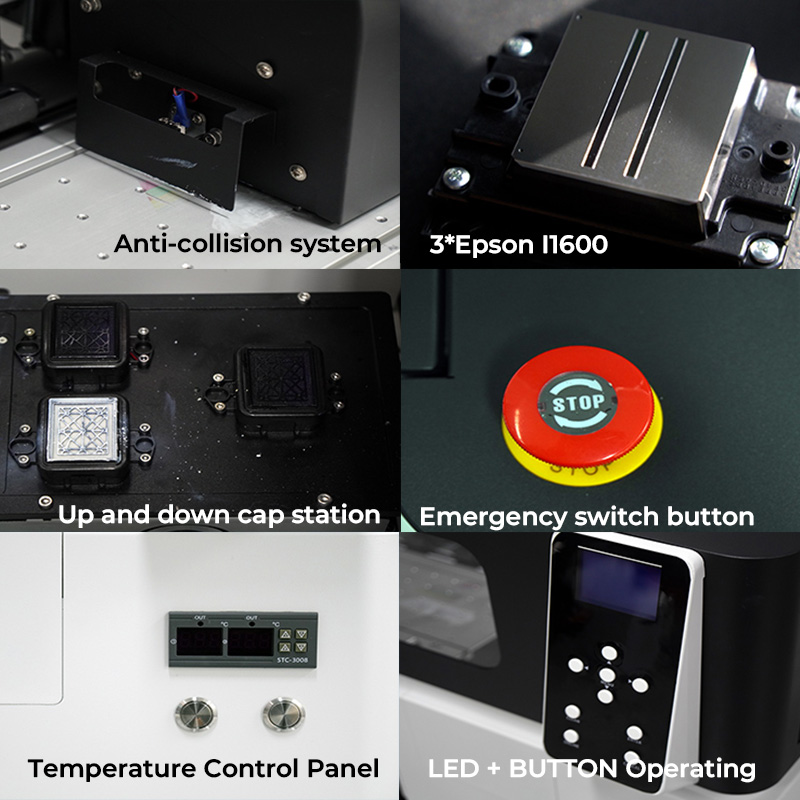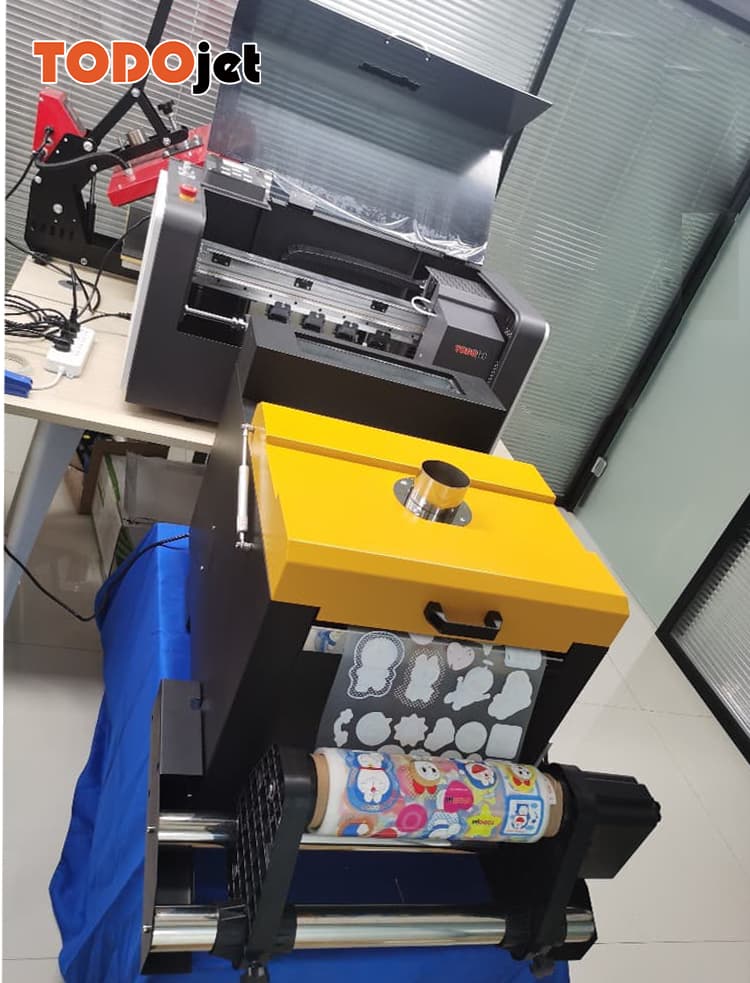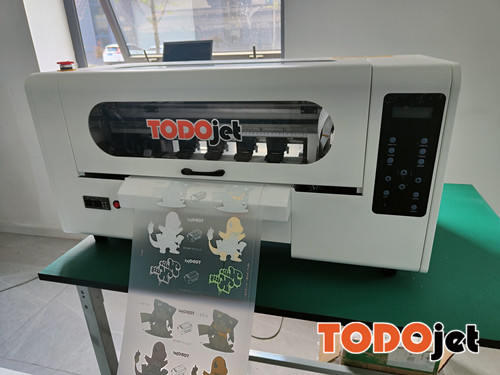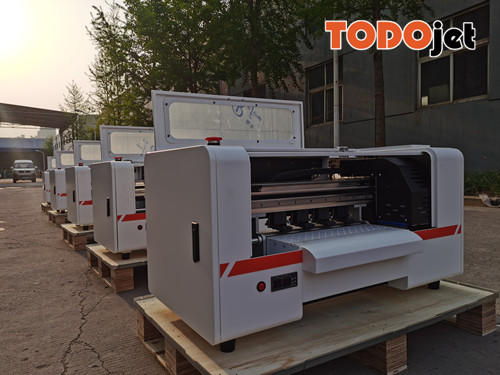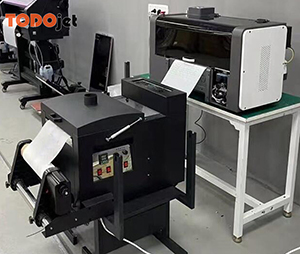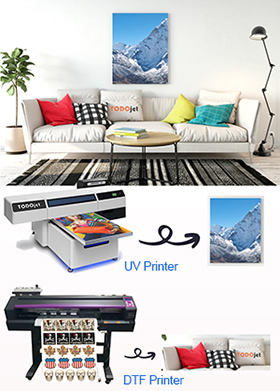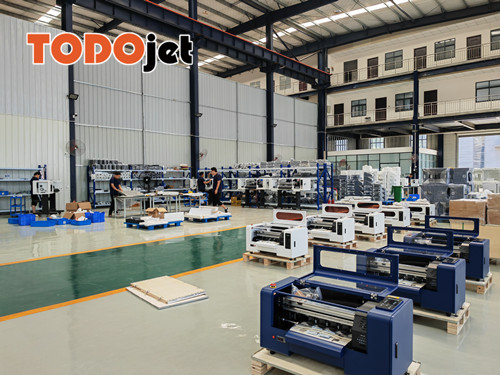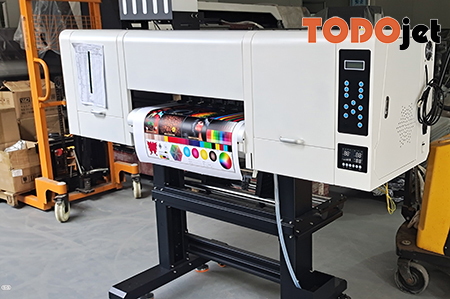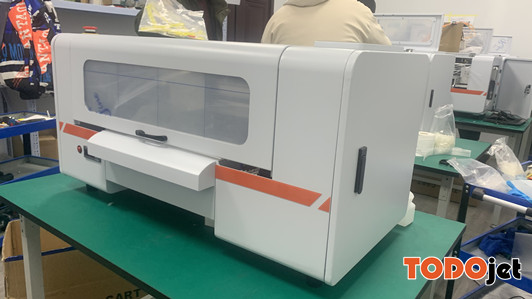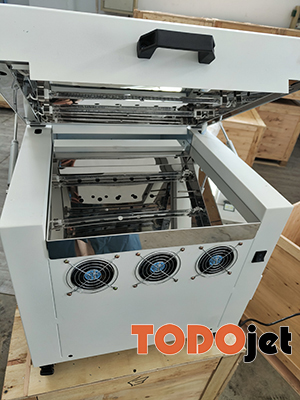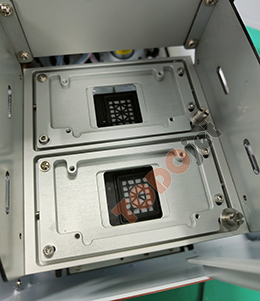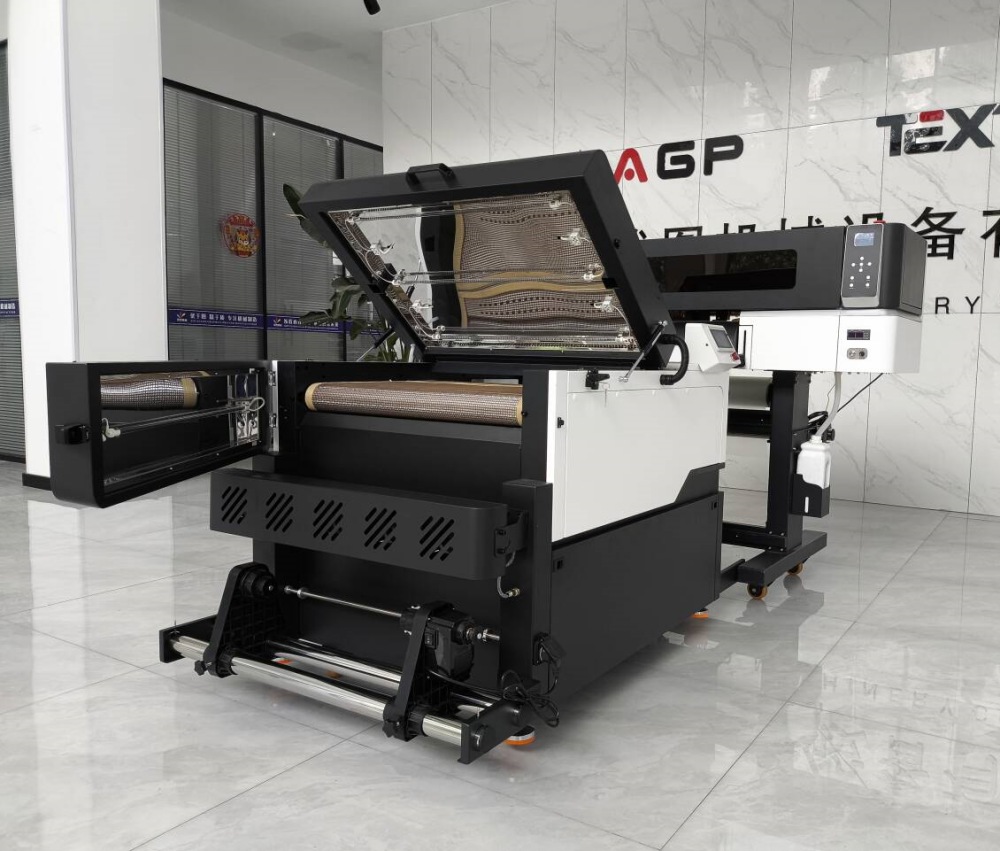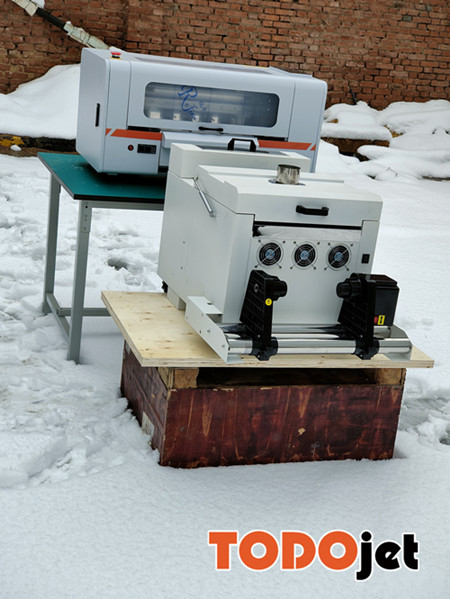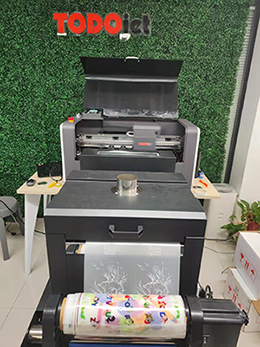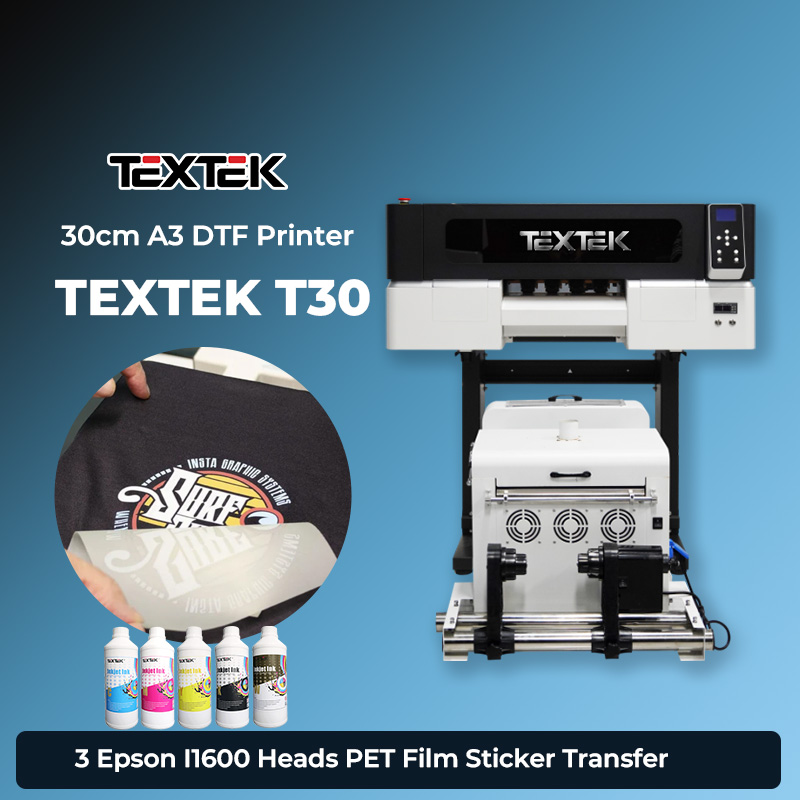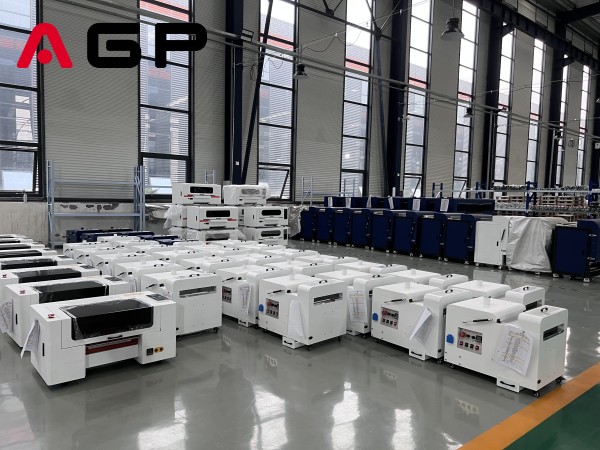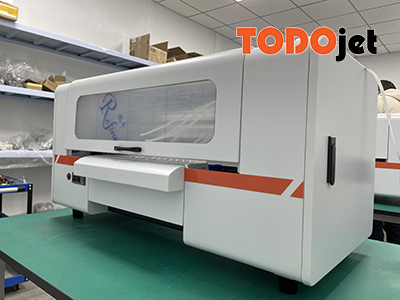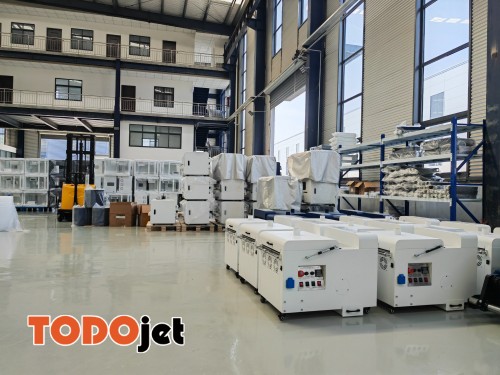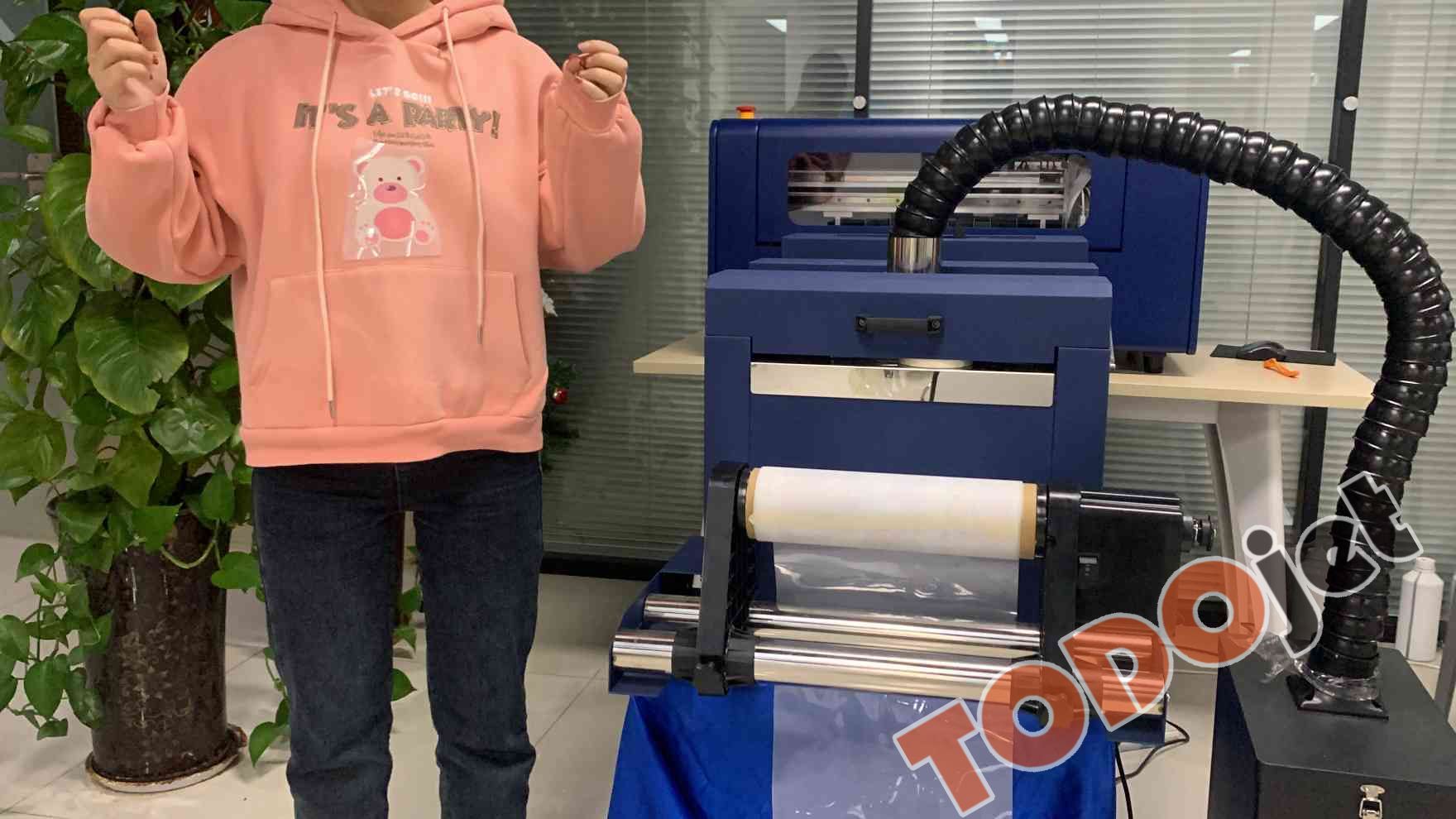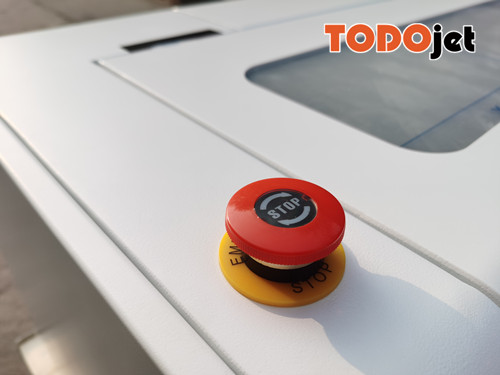A1 DTF Printer PET Film Heat Transfer Inkjet Printer with Shaking Powder Machine For Any Kind of Tshirts for garment
No limit on fabric materials
No need pre-coating
CMYK+ White (Fluorescent color for option)
2pcs EPSON i3200-A1 (4 heads for option)
Printing width: 60cm
Printing Speed: 10~15sqm/h
Software: Maintop/Photoprint/RIIN/CAD Link
Talking about offset heat transfer transfer, we must first understand offset printing. What is offset printing? Offset printing can also be called offset printing, referred to as offset printing or offset printing. Simply speaking, offset printing is to use flat metal plates such as early zinc plates, chrome plates, nickel plates and today’s PS plates, and use the principle of ink separation and use rubber (blanket) to transfer the graphics on the plate to the printing plate. The printing method on the substrate is also the existence of the blanket, and this printing method gets its name. Lithographic printing, which is called offset printing in southern China, is the same as the three major printing processes of screen printing, intaglio and letterpress printing and later flexographic printing (actually in the category of letterpress printing). Named after the plate used.
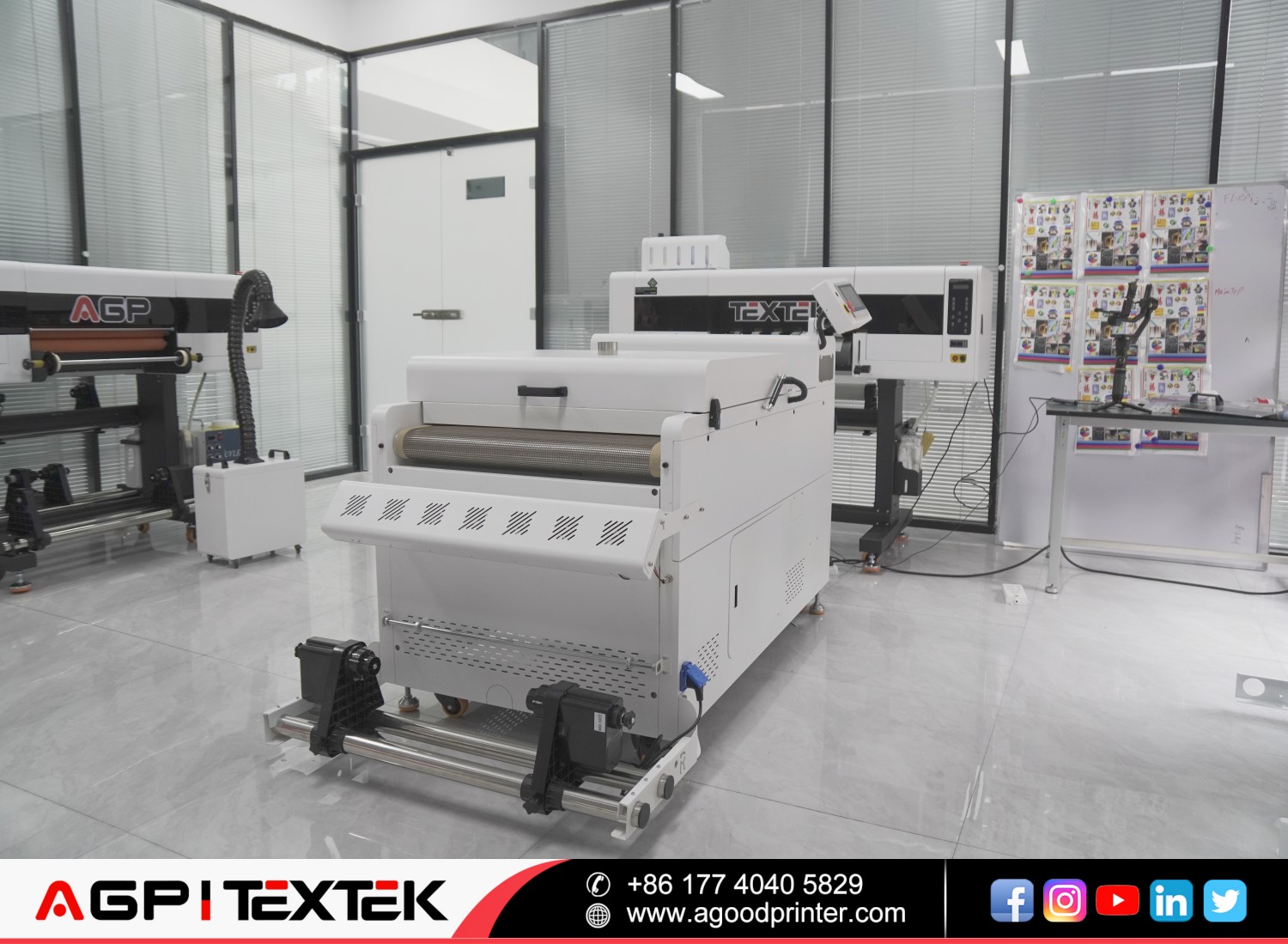
Offset heat transfer transfer is also known as offset transfer. It is to use a layer of silicon and wax solution coated on the base paper, and then hot melt and liquefy when heated, so that the printing material flux penetrates into the fabric to form the principle of hot melt loose bonding and two printing methods: offset printing and screen printing. The combination of processes produces a product with transfer conditions. Thermal transfer printing is a type in the textile printing industry, and offset transfer printing is an independent production process and unique printing method of thermal transfer printing. It is widely used in cultural shirts, T-shirts, shoes and hats, school bags, luggage, trademarks, etc. It has strong artistic appeal and decoration, unique style, soft hand feeling, washing resistance, clear and vivid patterns, and is the best choice for other thermal transfer products. incomparable.
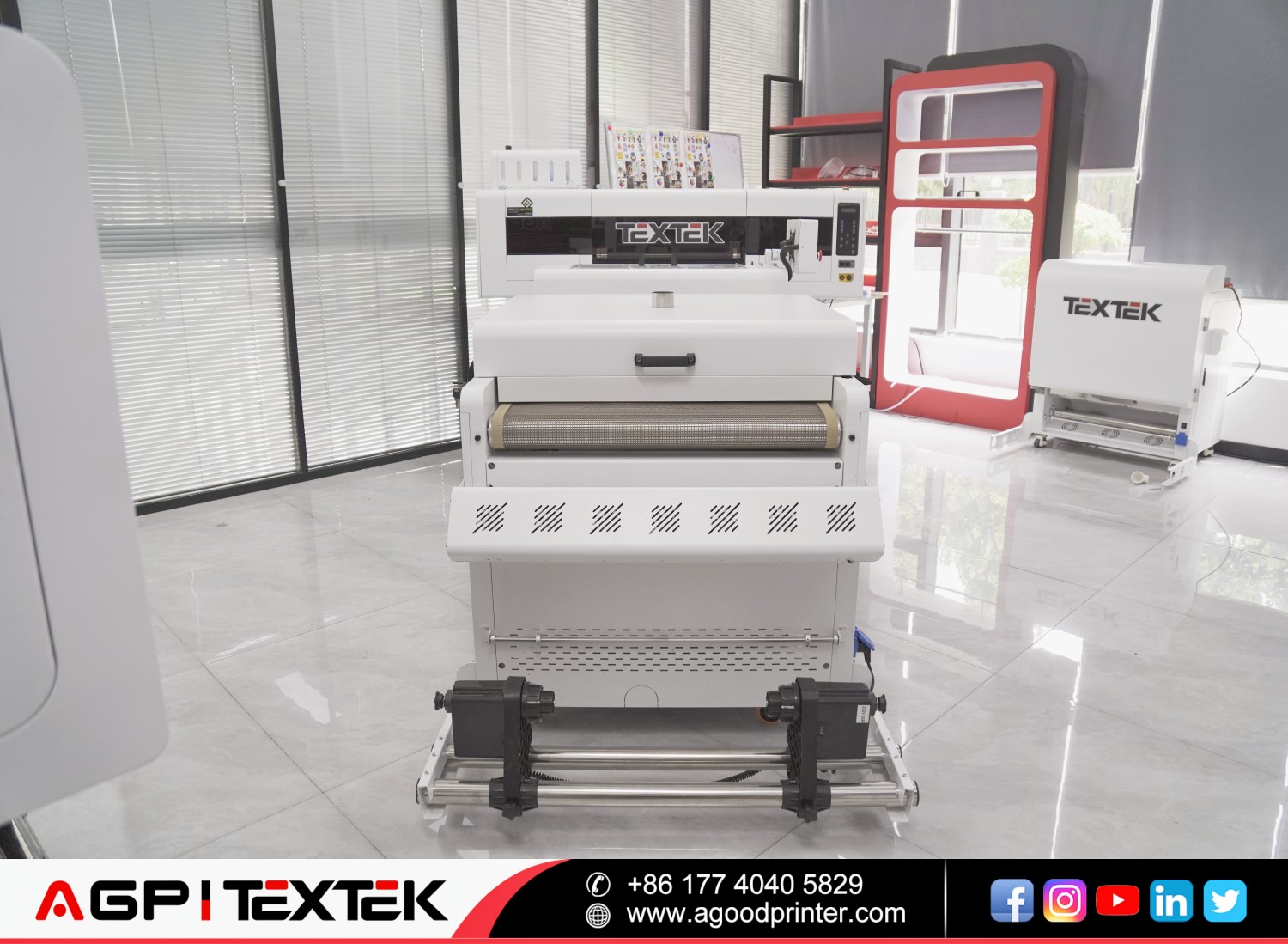
Prepress preparation
(1)Analysis: When the salesman pulls the transfer paper order from the customer, first the manufacturer receives the pattern provided by the customer for analysis, and provides color drafts and samples: whether the pattern is clear or not, in order to make the pattern clear and undistorted, the resolution must be used 2400dpi flatbed scanner to scan, set the pattern resolution to 350pixels/inch, and the scanning effect of electric extension is better. Provide CD, MO, U disk, and e-mail, first analyze whether it is a PC CD or MAC (Apple Computer) CD and then put it into the computer to open, what software is saved, what format is saved, and what is the resolution. Compatibility between software and software such as: Adobe Illustrator, Photoshop, CorelDRAW, Freehand, etc., conversion between formats, pattern color, size, resolution, etc., will be affected and be aware of it.
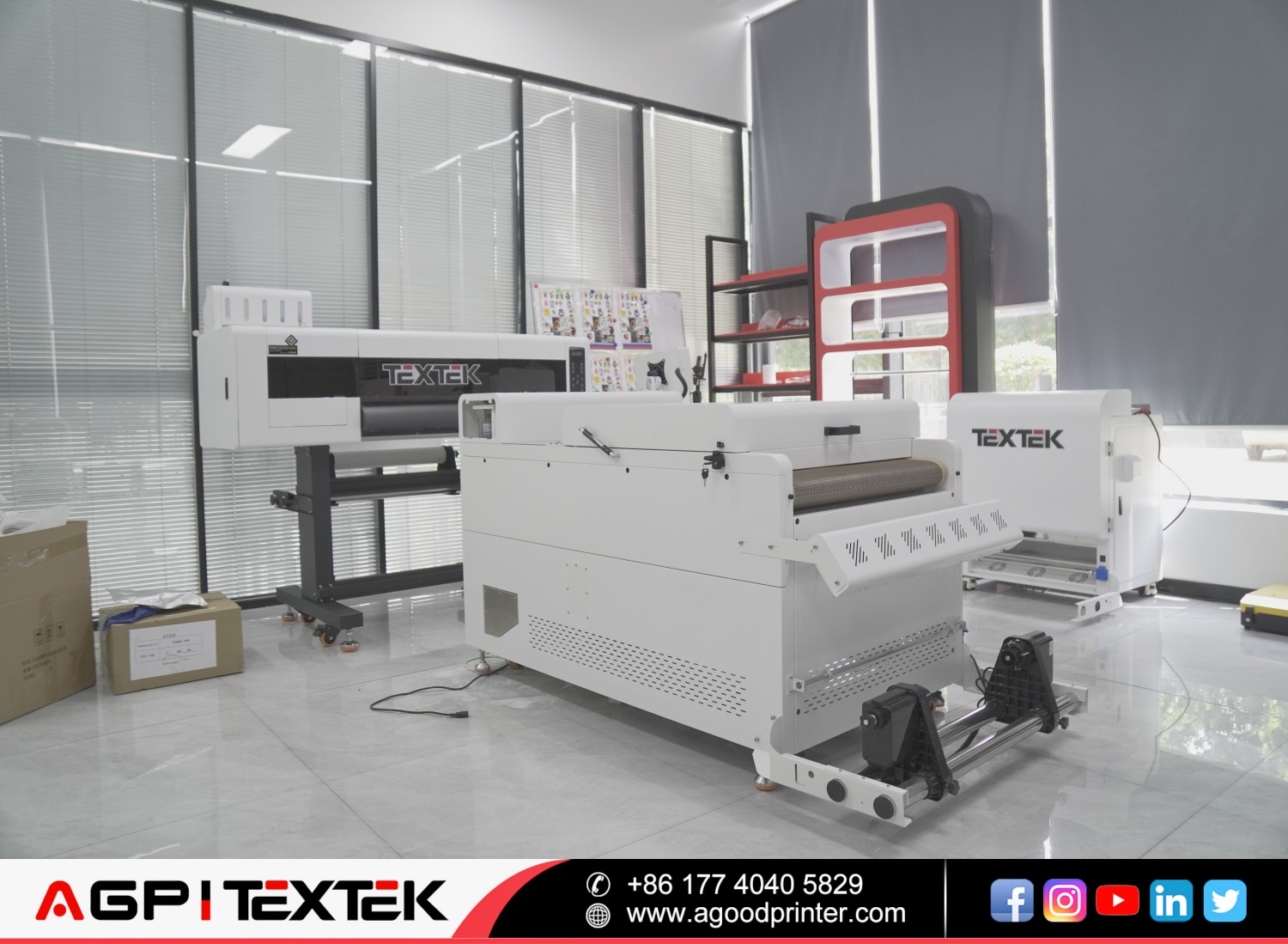
(2)Production: Use Adobe Photoshop software to input the pattern provided by the customer into the computer to design repair, scaling, color correction, etc. according to the customer’s requirements until the customer is satisfied. If the customer has specified colors (including metallic colors) in the pattern, it is recommended to make a spot color version according to the pantone color matching guide when it is difficult to achieve with four-color dot overprinting. There are also occasional grayscale and solid black patterns. The grayscale pattern is superimposed in four colors of C, M, Y, and K, which is easy to cast color from the original. It is recommended to make a two-color version (one gray and one black) to respect the original. Can. The solid black pattern with C, M, Y, K four-color overprinting ink will be too thick and not easy to dry, and the single black printing will not look black enough, so it is recommended to use 100% black C version for the black version and 30%-40% for other versions. The black printed in this way has a thick and solid feeling. When the customer needs to transfer the pattern to the fabric, there will be foaming, gold and silver onion glitter effect, and after the four-color C, M, Y, and K are finished, the foamed, gold and silver version of 100% blackness (sunning) will be produced. screen version). Then make a white background plate (less than the pattern 0.3mm), PU plate (same as larger than the pattern), offset plate (larger than the pattern 0.3mm) 100% blackness three negative plates (for screen printing). Determine the layout size according to the quantity required by the customer and the size of the release liner. Use Adobe Pagemaker software or Adobe Illustrator to imposition and output the film, and the output resolution: 2400dpi. C.M.Y.K four-color dots 175line/inch (C15°, M75°, Y90°, K45°,) spot color, foam, gold and silver onion, white background, PU, and offset are all facing up with a 45° positive image film.
